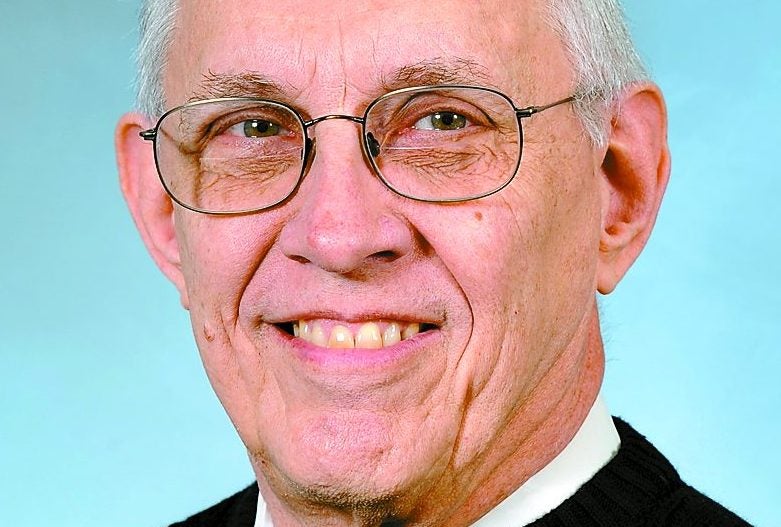Witt: Constitution lacks hard rules for Supreme Court justices
Published 10:07 am Tuesday, October 9, 2018

- Chuck Witt is a retired architect and a lifelong resident of Winchester.
Considering all the interest in the Supreme Court right now, it might be helpful to know a few facts about this esteemed (sometimes) body.
First — and perhaps foremost — the Constitution does not stipulate how long a justice shall serve. In many other countries, high court judges face mandatory retirement ages. Not here.
The Constitution, Article III, Section 1 states: “The judges, both of the supreme and inferior Courts, shall hold their Offices during good Behavior…” (capitalization as written in the original).
Guess they have all been good, since they have all held the posts until death or resignation.
The Constitution also does not designate the number of justices who shall sit on the Court. However, Congress set the number of justices at five in 1801, and continued to diddle with the Court and its composition for several years thereafter.
The number was increased to seven in 1807, nine in 1837 and 10 in 1863.
To prevent Andrew Johnson from naming any justices (surely one of the 10 would shuffle off the mortal coil at some time during Johnson’s term, although he was soon to be impeached), Congress passed the Judicial Circuits Act of 1866 reducing the number of seats to seven.
The decrease was to take effect as current justices either died or resigned from the Court.
But, by 1869, only two seats were freed up, leaving eight to run the Court.
Congress then decided the number should be nine, and passed the Judiciary Act of 1869 which set the number at that level, where it has remained since.
What all this suggests is Congress could, apparently, at any point, change the number of justices if it saw fit to do so.
In 1937, President Franklin Roosevelt attempted to “pack the court,” seeking to add justices because the current court was consistently ruling against many of the programs he promoted to deal with the ongoing depression, his New Deal. The effort failed.
Nine justices is perhaps a good number, being odd it virtually assures every decision will have a majority.
Going back to the creation of the Court in the Constitution, that document is as much noted for what it does not say as what it does.
Article III does not state that a justice has to be versed in the law, although all 112 justices who have served have been “familiar” with the law in some degree.
In the early days of the country, there were no law schools as such. Lawyers “read the law,” meaning they were tutored by others who had learned the law by reading or been tutored by others. In fact, the first justice who graduated from a law school was Levi Woodbury who served from 1845 to 1851.
So the justices serve as long as they choose, sometimes dying in service, most recently Antonin Scalia.
The oldest current justice is Ruth Bader Ginsberg, 85, and the oldest to ever serve was Oliver Wendell Holmes who retired in 1932 at 90.
Joseph Story (court term 1812-1845) was the youngest person ever appointed to the court, being about 10 months shy of 33.
The history of the Court can be fascinating, as can be the decisions therefrom. It has not always acted as a pillar of propriety and prior decisions are often overturned by later courts when societal changes dictate.
Chuck Witt is a retired architect and a lifelong resident of Winchester. He can be reached at chuck740@bellsouth.net.




